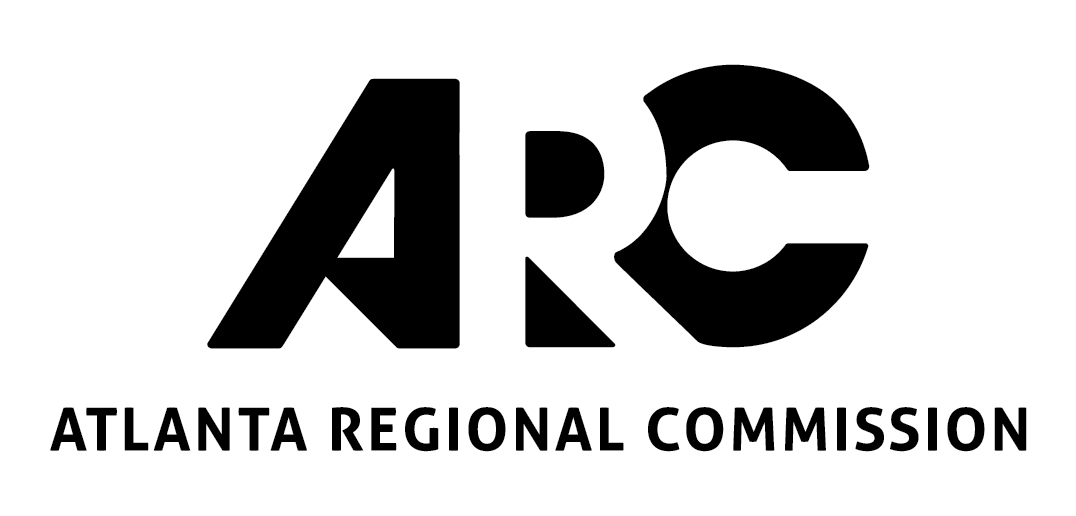
A study of Walkable Urban Places (WalkUPs) in the Atlanta region was released recently. The report, authored by Chris Leinberger of the George Washington University School of Business, highlights areas of the region that are WalkUPs today, those that are emerging and those that have the potential to become WalkUPs in the near future.
Leinberger reports that WalkUPs will drive tomorrow’s national real estate industry and the economy, turning what was once a niche market into the main market. He cites metro Atlanta as a harbinger for the rest of the country, as the region replaces urban sprawl with successful walkable communities – a change that he says is as important as the closing of the American frontier in the 1890s.
The report demonstrates that WalkUPs significantly impact economic growth and development in the Atlanta region and across the nation.
“During the second half of the 20th Century, the dominant development model was the familiar drivable suburban approach, and few places have done it better than metro Atlanta,” said Leinberger. “However, the pendulum is swinging back toward building walkable urbanism, the dominant pattern prior to the Great Depression. According to this latest study, metro Atlanta is on the leading edge of this new urban development trend.”
Study Highlights
- Metro Atlanta’s walkable urban places are attracting an increasing share of new development and have seen a rise in rent premiums over drivable suburban areas.
- Leinberger’s report puts the Atlanta region’s WalkUPs into three categories, Current, Emerging and Potential.
- The report notes that from 1992-2000, roughly 13 percent of real estate investment in the region went into Current and Emerging WalkUPs. From 2001-2008, that number doubled to 26 percent. Since 2009, metro Atlanta’s share of development in WalkUPs more than doubled again, reaching 60 percent today.
- Leinberger conducted a similar study in the Washington, D.C. region and is in discussions with other metro areas, including Boston and Detroit about doing WalkUP studies there.
- “We are pleased to see thriving, walkable urban places emerging throughout metro Atlanta,” said Tad Leithead, chairman of the Atlanta Regional Commission. “It’s evident that the market favors the kind of development that offers real mobility choices and opportunity for new community vitality. Greater walkability, housing and retail options are keys to our future economic growth.
Economic impacts of WalkUPs in Metro Atlanta:
- Current and Emerging WalkUPs account for 1/200 (.55 percent) of the region’s land area and 1/5 (20 percent) of the region’s office, retail and other commercial real estate.
- Current and Emerging WalkUPs contain 22 percent of the region’s jobs.
- Average rent for all development types in Current WalkUPs is 112 percent higher than in drivable suburban areas.
- Only 19 percent of office space delivered in the 1990s was built in then-Established WalkUPs. This increased to 31 percent in the 2000s and to 50 percent in 2009-2013.
There are seven types of WalkUPs in metro Atlanta. They are listed below, along with a few examples of each type:
- Downtown – Georgia State and Government Center (includes ARC headquarters)
- Downtown Adjacent – Centennial Olympic Park, Midtown
- Urban Commercial – Arts Center, Inman Park
- Urban University – Atlanta University Center, Emory, Georgia Tech
- Suburban Town Center – Alpharetta, Decatur
- Strip Commercial Redevelopment – Buckhead, Roswell
- Greenfield/Brownfield – Atlantic Station
Read the full report at www.atlantaregional.com.
For more information on the study, please contact Jim Jaquish, Atlanta Regional Commission Senior Communications Coordinator: jjaquish@atlantaregional.com.
New, Reduced Membership Dues
A new, reduced dues rate is available for CAOs/ACAOs, along with additional discounts for those in smaller communities, has been implemented. Learn more and be sure to join or renew today!
